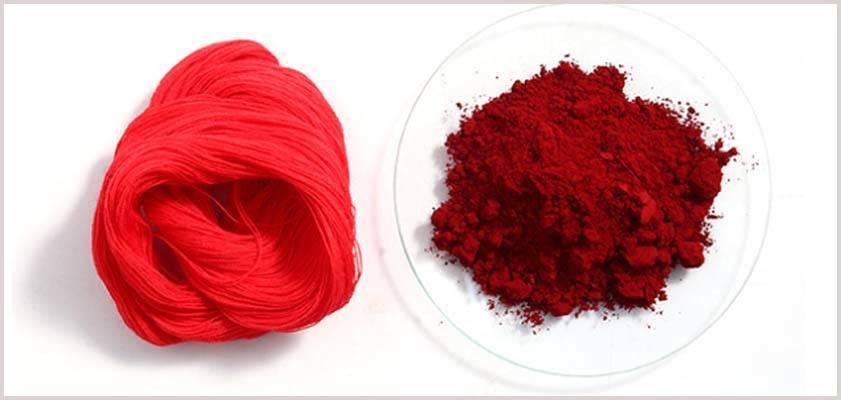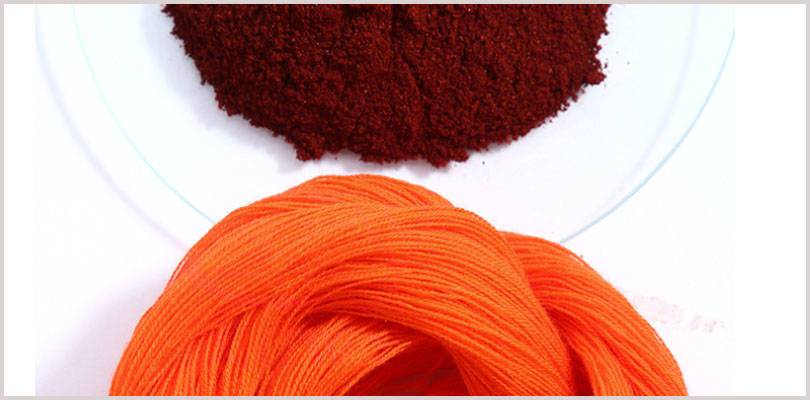Direct dyes is a kind of dyestuff that can dye cotton and linen fabrics directly without any other medium. It is soluble in water (but sensitive to hard water and must be dyed in soft water). In dyeing, sodium hydroxide (Na2SO4) or salt (NaCl) play a role in promoting dyeing.
The direct black dyes of Xincheng Weiye are applied to the dyeing of various textiles, depending on the type and shape of the fibers. Bulk fibers and yarn dyeing are all processed by dip dyeing, and most fabrics are dyed by jig dyeing and pad dyeing.
The various dyeing methods of direct dyes are described in detail below.
● Dipping dyeing
Dipping dyeing is a method that fabric is immersed in dyeing solution and absorbed gradually by fibers through a certain dyeing process to achieve the purpose of dyeing. The specific operation is as follows:
1. Dipping dyeing of cotton hank yarn
The dyeing of cotton skein with direct dyes has been gradually reduced since the application of reducing, insoluble azo and sulfur dyes with better dyeing fastness. However, some colours (such as black) still retain the advantages of direct dyes. The black degree of vat dyes is poor. Although sulfur dyes can achieve a certain black degree, the dyes are easy to be fragile. Direct dyes can not only meet the requirements of black, but also have no shortcomings of brittleness.
2. Dipping of viscose strands
Technological process:
Hank knotting preparation→dyeing→-washing→-dehydration→fixation–oil→dehydration→drying.
3. Immersion dyeing of mulberry silk strands
Technological process
Hank knotting scouring→washing→dyeing→washing→dehydration→fixing→washing→oiling→dehydration→drying.
4. Dipping dyeing of cotton fabrics
Technological process
Gray cloth preparation→dyeing→washing→paraffin treatment→dehydration →drying.
5. Dipping dyeing of Wool and Viscose Blended Fabrics
There are two methods for dyeing wool viscose blended fabrics with direct dyes. One is to use wool and viscose to dye the same color. The other is to dye viscose with direct dyes dyed on wool cloth to keep wool white, or to dye wool with acid dyes first and then with direct dyes to achieve double-color effect.
However, the direct dyes can dye two kinds of fibers in the same colour and lustre, there are also the methods of jig dyeing and pad dyeing. The analysis is as follows:
● Jig dyeing
Direct dyes have their own advantages and disadvantages compared jig dyeing with dip dyeing. Although the dyeing penetration and fibre covering power are not as good as those of rope dyeing, the stiffness of compact fabrics is less than that of impregnated fabrics, especially viscose fabrics. The dyeing effect is better by using loosen jig dyeing machine.
There are many kinds that can be used dying with jig dyeing including cotton fabric, viscose fabric, viscose silk interwoven fabric, vinyl cotton or vinyl viscose blended fabric and so on.
● Pad dyeing
In addition to dip dyeing and jig dyeing, direct dyes can also be dip-pad dyeing, referred to as pad dyeing. Because the pad-dyed fabric must be steamed, so it is also called pad-steaming method. Pad dyeing has the same covering power to fibers as jig dyeing, which is less than rope dyeing, and pad dyeing is not even enough. In addition, some viscose and silk fabrics dyed with direct dyes are generally not suitable for pad dyeing, so only a small amount of direct dyes are used for pad dyeing of cotton fabrics.
XCWY MAIN PRODUCT: RHODAMINE B, SULPHUR BLACK, SOLVENT RED, CATIONIC BLUE DYES.
Post time: Apr-01-2019






